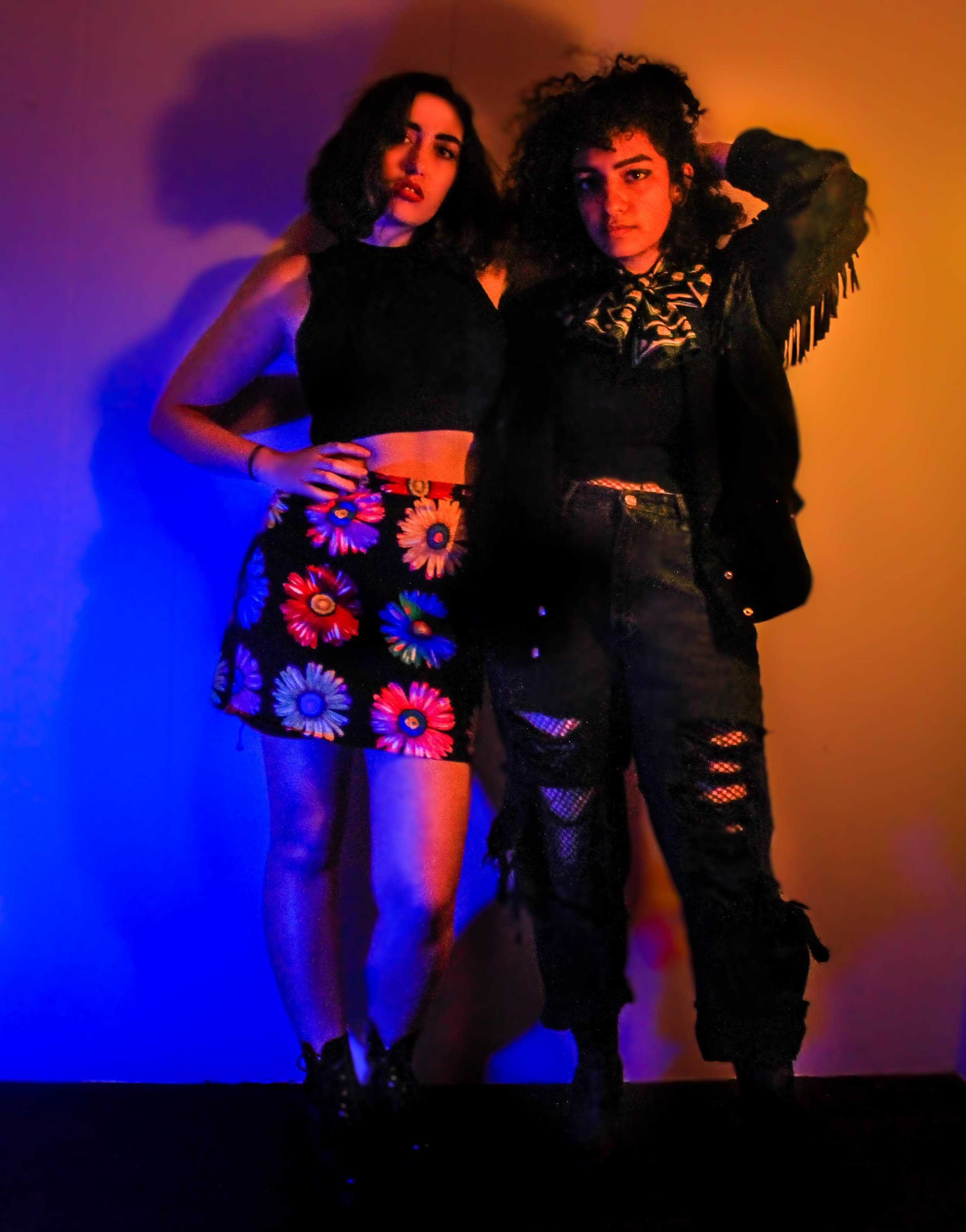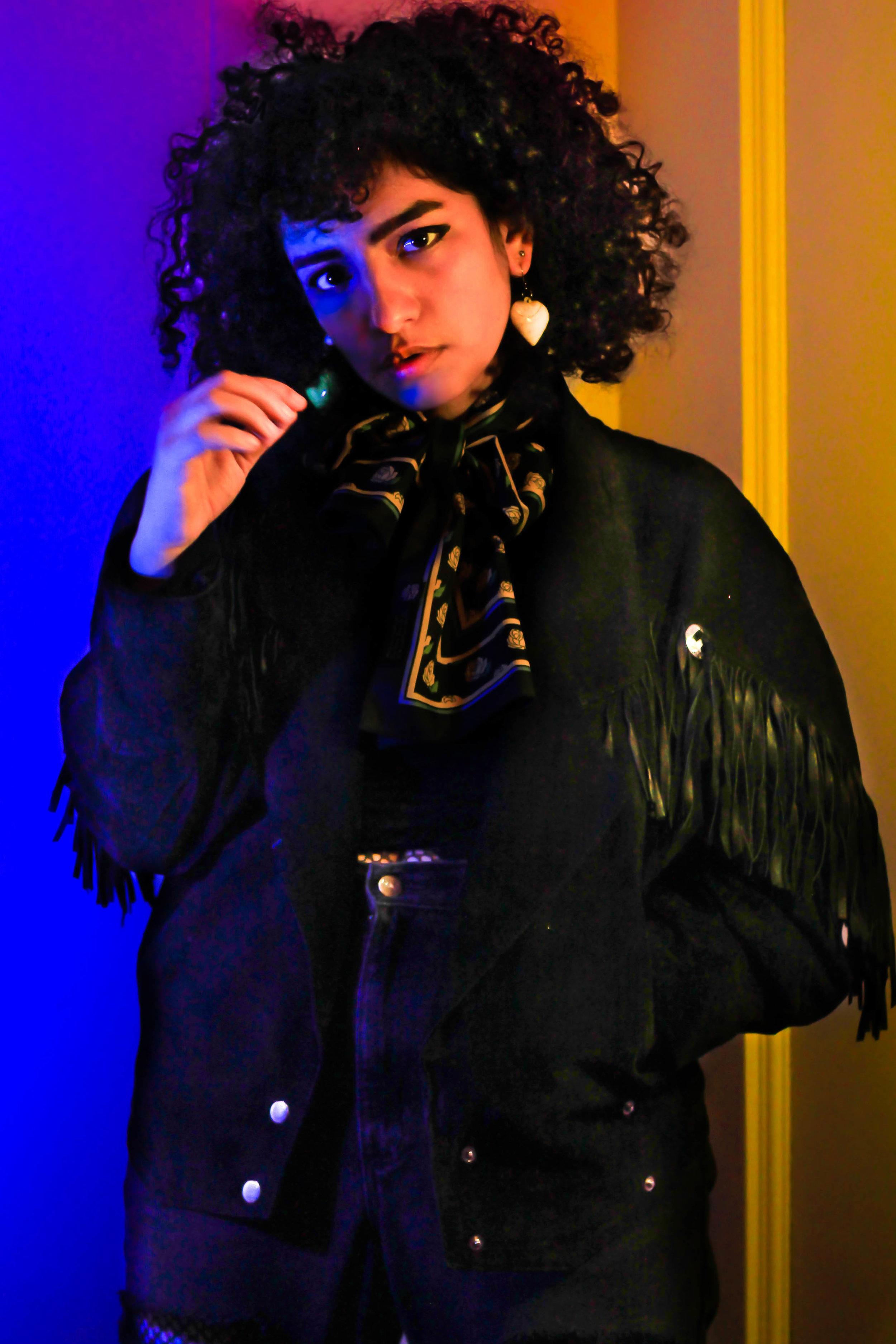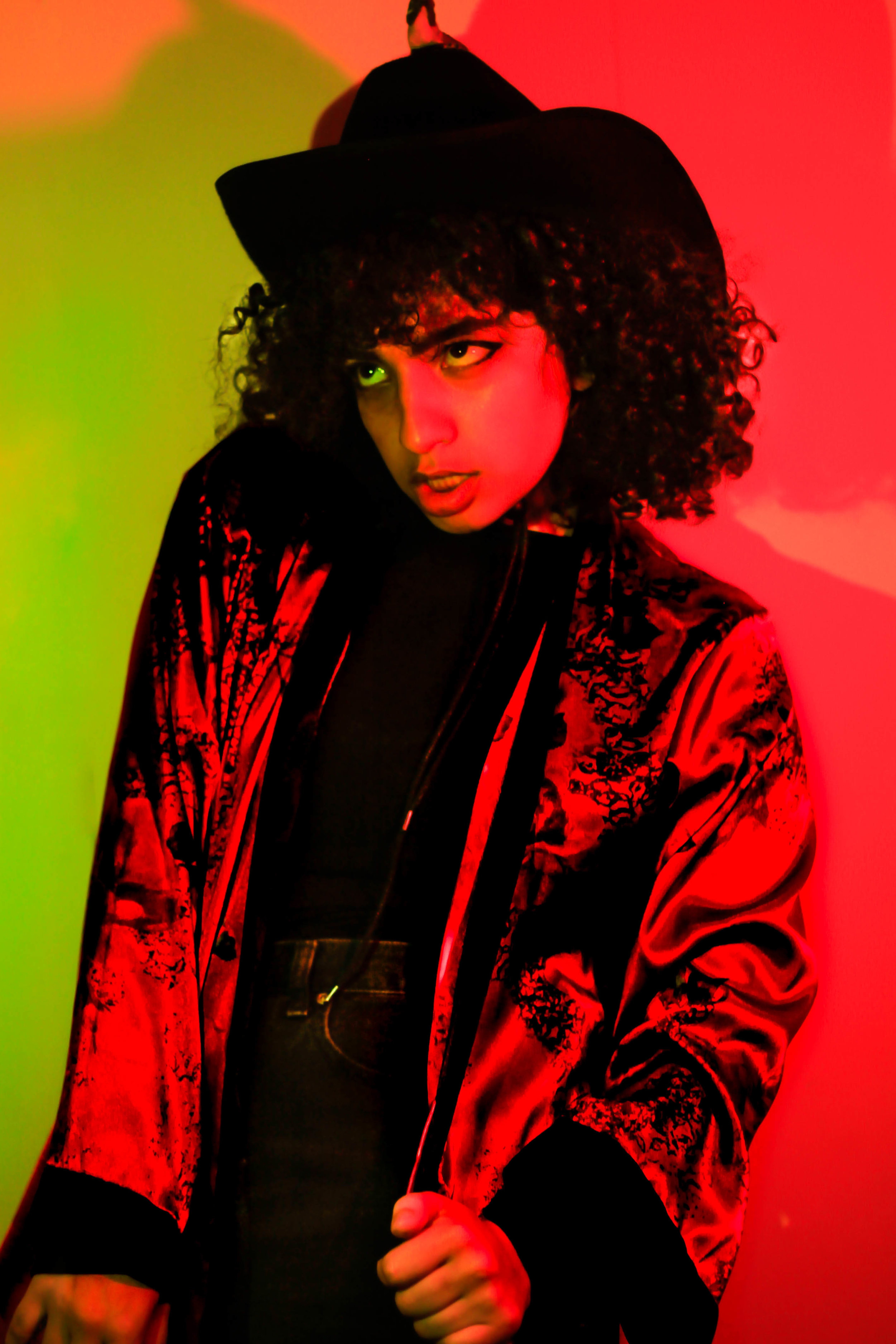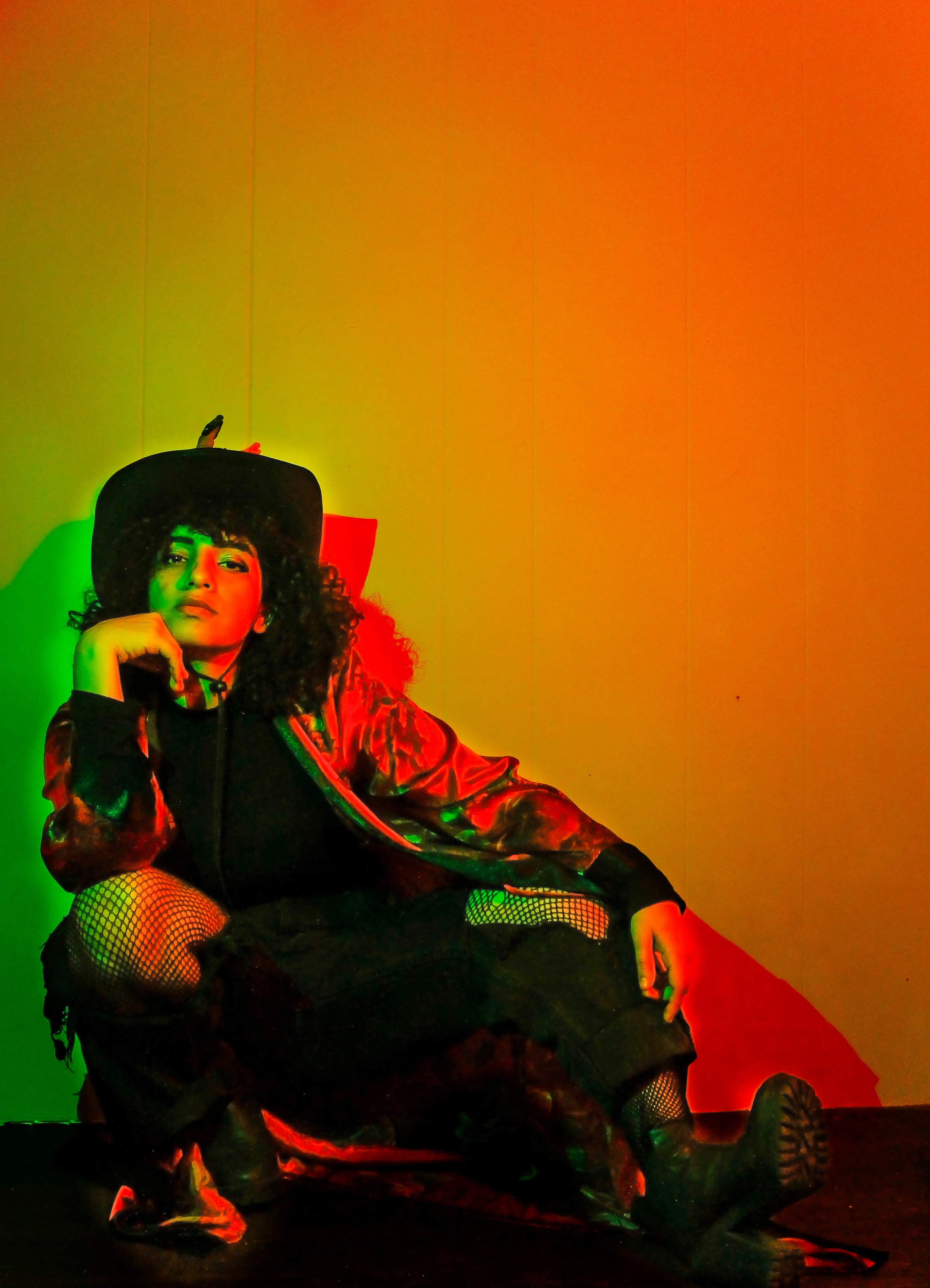Originality’s Role in Style: Outfits My Roommate Steals From Me
Using originality to determine worth is unrealistic. An obsession with uniqueness and originality is futile because almost every concept, idea or trend is borrowed from something else. While originality is not a measure of worth, authenticity has much value.
Story by Ida Kamali
Photos by Tanvi Sehgal
I began to think about the concept of originality more frequently when I moved to college. In college, I met and lived with people in closer proximity. Being in close proximity facilitated frequent exchanges of ideas and concepts. For the first time, I was able to directly recognize the subconscious trade of ideas through the medium of fashion and clothing. I noticed that as my style would change, parts of my friend’s style would also shift, and vise versa.
However, I would not label this borrowing simply as “copying”. There is a layer of authenticity that separates mere “copying” from unconscious “collaborating”. I began to notice that even though I would influence their clothing choices, my friends were able to add something of their own to push their own style forward. When my roommate would borrow outfit ideas from me, she would style it differently than I would. “My friends have always had an influence over my personal style. Because many of my friends are visual artists, their clothing tends to be full of creativity and color,” says Sage Foster, a third-year psychology major, who also happens to be my roommate. “In the same way as good art inspires and influences, I often become inspired to adopt elements of their clothing that I admire into my own style.” Even when using elements of my style, Sage would tweak it to fit her own style and body, and similarly, I have done the same. This symbiotic exchange of integrating each other’s ideas often happens without realizing.
The appeal of individual style is to express oneself in a way that stands out from the herd. Style describes the individual’s interests, and reflects what they want to convey to the outside world. It can assert one’s politics, personality and sense of self to others. One’s personality is influenced by the people they are most often around. Thus, they co-opt different aspects of each other. “I consider myself a very fashion-minded individual. Because of this, I notice that when I become close friends with someone, they begin to gain appreciation for fashion,” says Teya Kroeker, a third-year textiles and apparel student at the University of Texas at Austin. “My friends stop thinking of clothes as just a way to not be naked, and start seeing clothes as way to emulate what they feel or want to express. This causes for individuals to build off each other and collaborate, even if its unspoken collaboration.”
No one can hide themselves from influence, but they can distance themselves from conformity by implementing their own ideas. Thus, fashion, like many other arts, is often the diffusion of individualism and outside influence.
The concept of authenticity is a great way to measure new art and ideas, because it describes manipulating things that are in existence to be one’s own. Style, art and design are about advancing and altering preexisting designs and ideas to make it authentic to the person who is creating them. Sharing clothes is a visual manifestation of the way we borrow and trade traits and qualities from the people in our lives. And, as long as Sage remembers to wash my jeans after she’s done borrowing them, I don’t mind.







